The reign of Josef Stalin was a time of terror, mass executions, brutal collectivization, and the most horrific war the world has ever seen.
Officially, Stalin's Soviet Union was a land of peace, progress, harmony, and — most of all — unending love for and devotion to Stalin himself. He was "the father of nations," "the gardener of human happiness." His image was everywhere.
"Centuries will pass, and the generations still to come will regard us as the happiest of mortals, the most fortunate of men, because we lived in the century of centuries, because we were privileged to see Stalin, our inspired leader," gushed one Soviet writer.
Historians around the world are still working to uncover the real story of these "most fortunate of men."

PROPAGANDA

STALINPROPAGANDA AND REALITY |
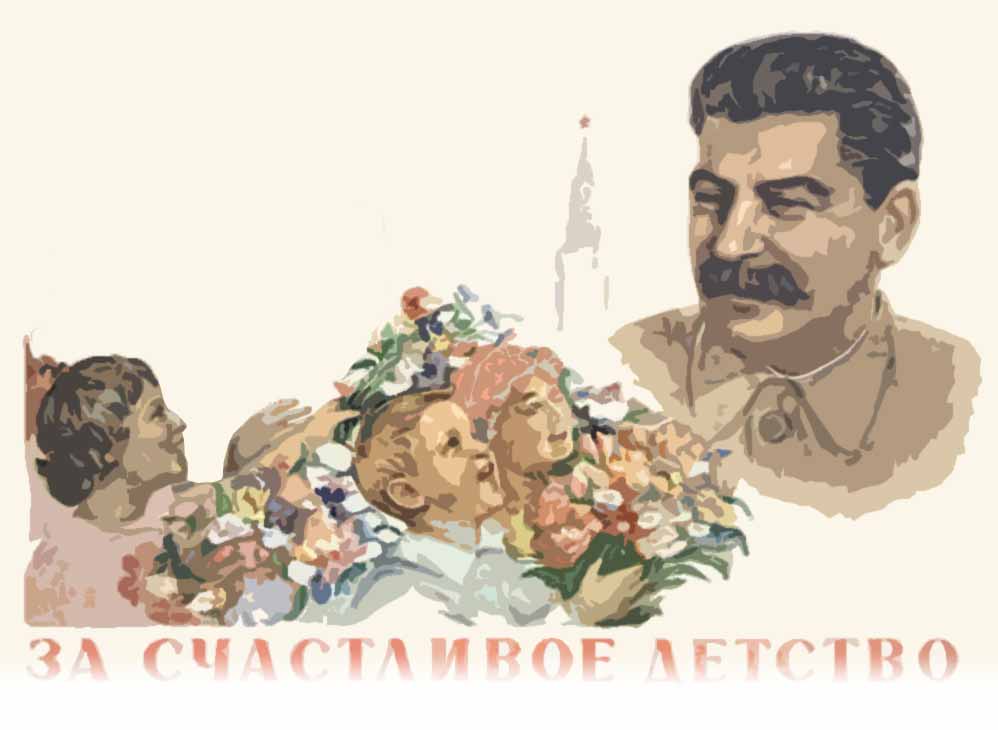
THE GULAG
The Stalin era was one of rapid economic development for the Soviet Union. State propaganda lauded the huge infrastructure projects that were put up at breakneck speed, transforming a rural, agricultural empire into an industrial power. But many showcase projects — such as the Moscow-Volga Canal, the Belomor Canal, and the Trans-Siberian Railroad — were built partly or entirely by prisoners in Stalin's notorious Gulag, a network of prison camps set up across the country.
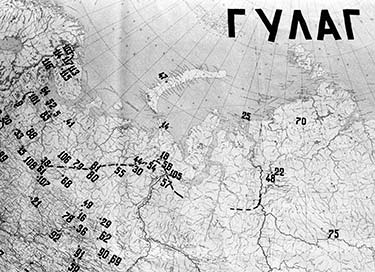
A map of the U.S.S.R. with Gulag concentration camps marked.
From 1929 until Stalin's death in 1953, an estimated 14 million people passed through the Gulag. About 1.6 million people died there. Those in the camps were provided meager food, minimal medical care, inadequate clothing for the often-brutal weather conditions, and a near-total lack of modern tools and machinery.
The Gulag was set up along economic lines, with most camps being assigned specific economic tasks within the framework of the industrialization drive — logging, mining, the construction of industrial projects.
After World War II, more than 1 million Soviet soldiers who had survived Nazi prison-of-war camps were shipped off to the Gulag.
After Stalin's death in March 1953, the communist state began to dismantle the Gulag system. Political prisoners began to be released in 1954, and the system was officially canceled by an Interior Ministry decree on January 25, 1960.
The Gulag was set up along economic lines, with most camps being assigned specific economic tasks within the framework of the industrialization drive — logging, mining, the construction of industrial projects.
After World War II, more than 1 million Soviet soldiers who had survived Nazi prison-of-war camps were shipped off to the Gulag.
After Stalin's death in March 1953, the communist state began to dismantle the Gulag system. Political prisoners began to be released in 1954, and the system was officially canceled by an Interior Ministry decree on January 25, 1960.
The Gulag Through the Years
The Soviet Secret Police archives recorded prisoners in camps and colonies on January 1 each year. However, Anne Applebaum notes in “Gulag, a History” that these numbers do not account for high turnover throughout the year. While the Gulag generally continued to grow throughout Stalin's reign, the sharpest increases came during the Great Terror, between 1936 and 1938, and in the period after World War II.
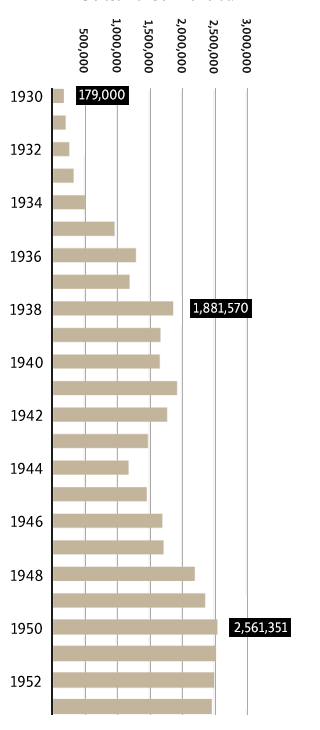
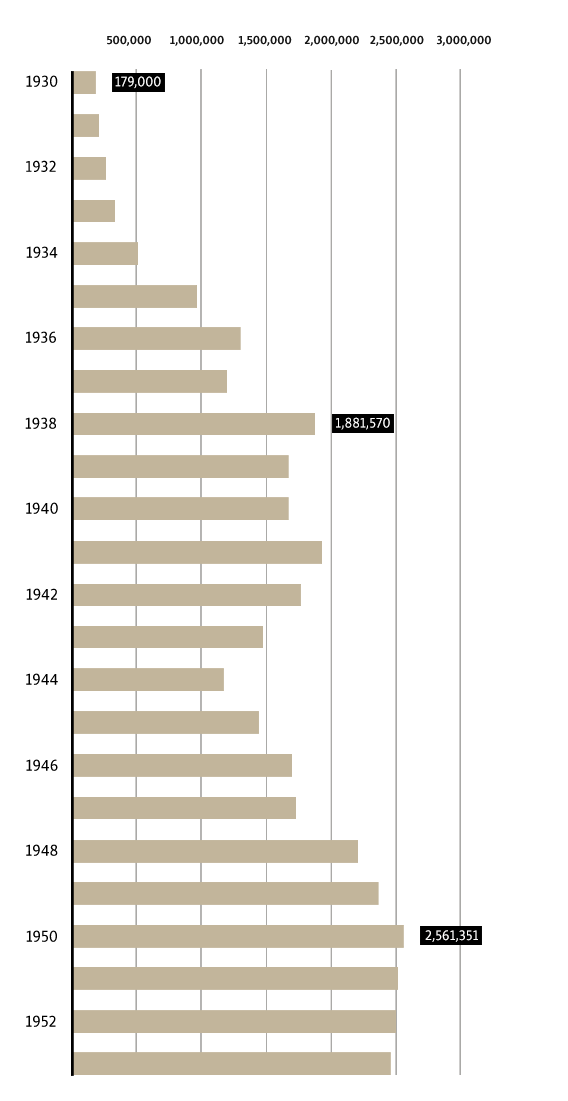
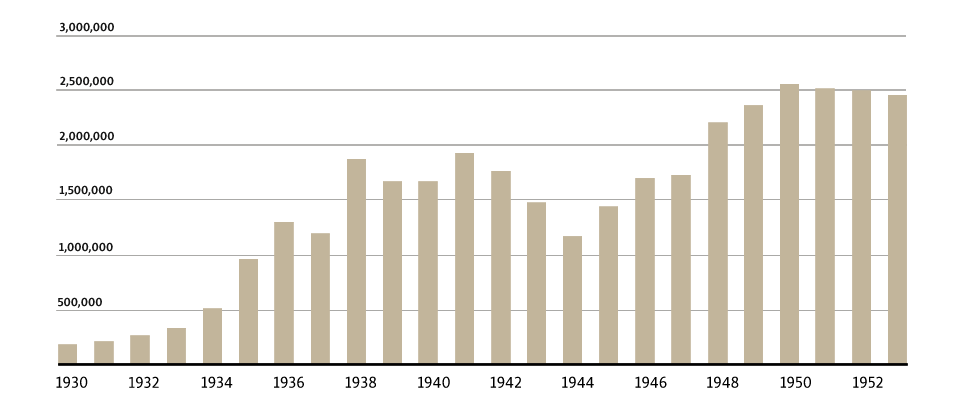
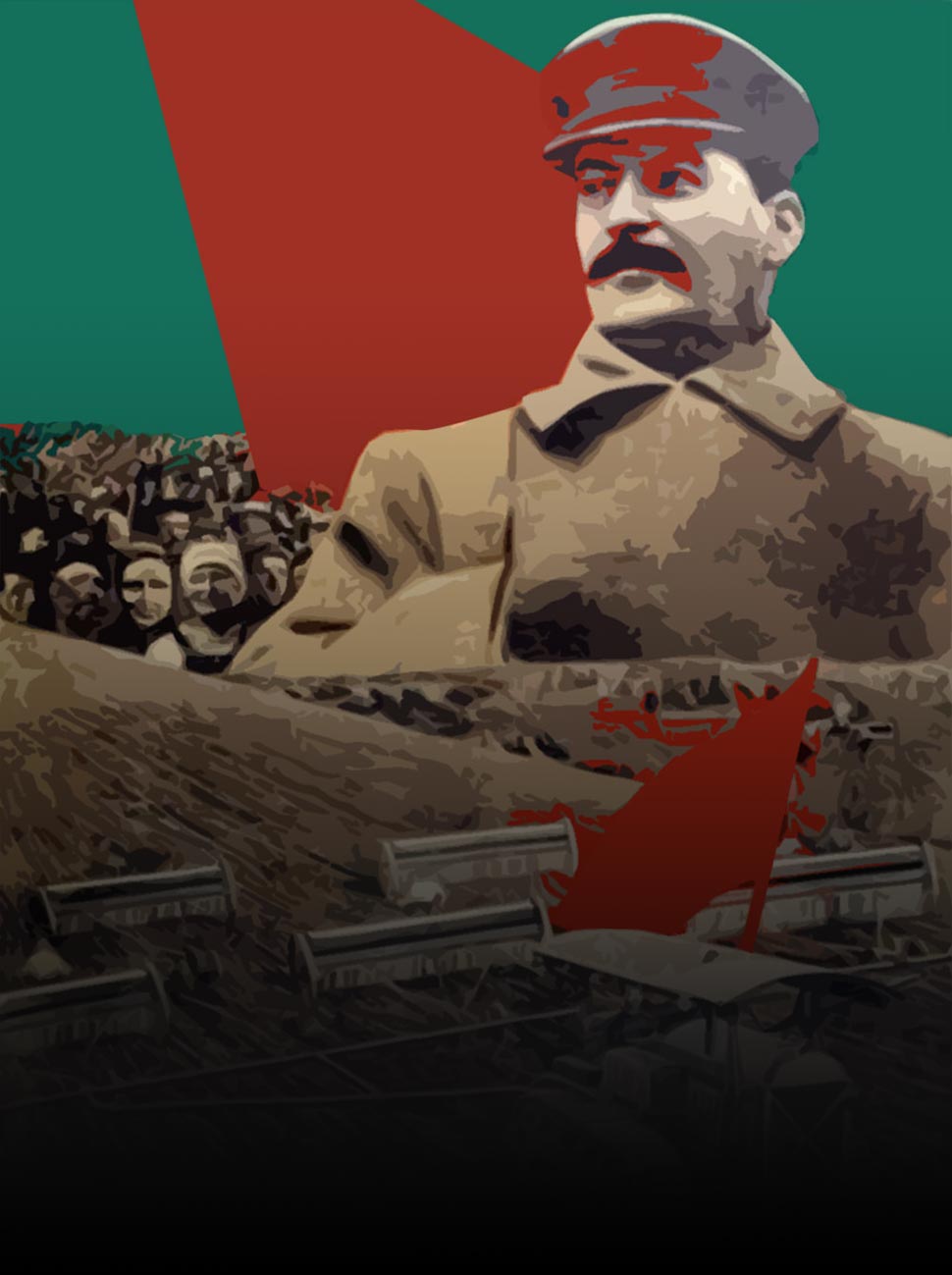
COLLECTIVIZATION
Stalin's goal of rapidly transforming the Soviet Union into an industrialized power drove the push to increase agricultural production, both to feed growing numbers of workers and to generate hard currency to buy foreign technology through grain exports. His solution to this problem was collectivization — forcing all private farmers to give up their land and work for enormous state-owned, state-managed agricultural enterprises.

Passersby no longer pay attention to the corpses of starved peasants on a street in Kharkiv, Ukraine, in 1933.
Between 1929 and 1939, the percentage of farmland controlled by collective farms went from less than 5 percent to more than 99 percent.
But the Soviet peasantry resisted Stalin's drive with all its might — denouncing collectivization as "a second serfdom" and a betrayal of the Bolshevik revolution that had promised them "peace and land." In addition, the religious peasants came to believe widely that the Soviet government was the Antichrist and that joining a collective farm would condemn them to hell.
The heavy-handed mismanagement of collectivization and the active resistance of the peasants led to horrific famines in the early 1930s.Scholars estimate around 3.5 million people died in Ukraine alone in a disaster that many Ukrainians argue amounted to a policy of genocide against them. (More contentious figures, like those from the All-Ukrainian Association of Holodomor Researchers, estimate as many as 10 million died.).
More died in European Russia, Siberia, the North Caucasus, and Central Asia. Hunger and despair drove as many as 1.5 million people to emigrate to China.
But the Soviet peasantry resisted Stalin's drive with all its might — denouncing collectivization as "a second serfdom" and a betrayal of the Bolshevik revolution that had promised them "peace and land." In addition, the religious peasants came to believe widely that the Soviet government was the Antichrist and that joining a collective farm would condemn them to hell.
The heavy-handed mismanagement of collectivization and the active resistance of the peasants led to horrific famines in the early 1930s.Scholars estimate around 3.5 million people died in Ukraine alone in a disaster that many Ukrainians argue amounted to a policy of genocide against them. (More contentious figures, like those from the All-Ukrainian Association of Holodomor Researchers, estimate as many as 10 million died.).
More died in European Russia, Siberia, the North Caucasus, and Central Asia. Hunger and despair drove as many as 1.5 million people to emigrate to China.
Stalin's goal of rapidly transforming the Soviet Union into an industrialized power drove the push to increase agricultural production, both to feed growing numbers of workers and to generate hard currency to buy foreign technology through grain exports. His solution to this problem was collectivization — forcing all private farmers to give up their land and work for enormous state-owned, state-managed agricultural enterprises.

Passersby no longer pay attention to the corpses of starved peasants on a street in Kharkiv, Ukraine, in 1933.
Between 1929 and 1939, the percentage of farmland controlled by collective farms went from less than 5 percent to more than 99 percent.
But the Soviet peasantry resisted Stalin's drive with all its might — denouncing collectivization as "a second serfdom" and a betrayal of the Bolshevik revolution that had promised them "peace and land." In addition, the religious peasants came to believe widely that the Soviet government was the Antichrist and that joining a collective farm would condemn them to hell.
The heavy-handed mismanagement of collectivization and the active resistance of the peasants led to horrific famines in the early 1930s.Scholars estimate around 3.5 million people died in Ukraine alone in a disaster that many Ukrainians argue amounted to a policy of genocide against them. (More contentious figures, like those from the All-Ukrainian Association of Holodomor Researchers, estimate as many as 10 million died.).
More died in European Russia, Siberia, the North Caucasus, and Central Asia. Hunger and despair drove as many as 1.5 million people to emigrate to China.
But the Soviet peasantry resisted Stalin's drive with all its might — denouncing collectivization as "a second serfdom" and a betrayal of the Bolshevik revolution that had promised them "peace and land." In addition, the religious peasants came to believe widely that the Soviet government was the Antichrist and that joining a collective farm would condemn them to hell.
The heavy-handed mismanagement of collectivization and the active resistance of the peasants led to horrific famines in the early 1930s.Scholars estimate around 3.5 million people died in Ukraine alone in a disaster that many Ukrainians argue amounted to a policy of genocide against them. (More contentious figures, like those from the All-Ukrainian Association of Holodomor Researchers, estimate as many as 10 million died.).
More died in European Russia, Siberia, the North Caucasus, and Central Asia. Hunger and despair drove as many as 1.5 million people to emigrate to China.
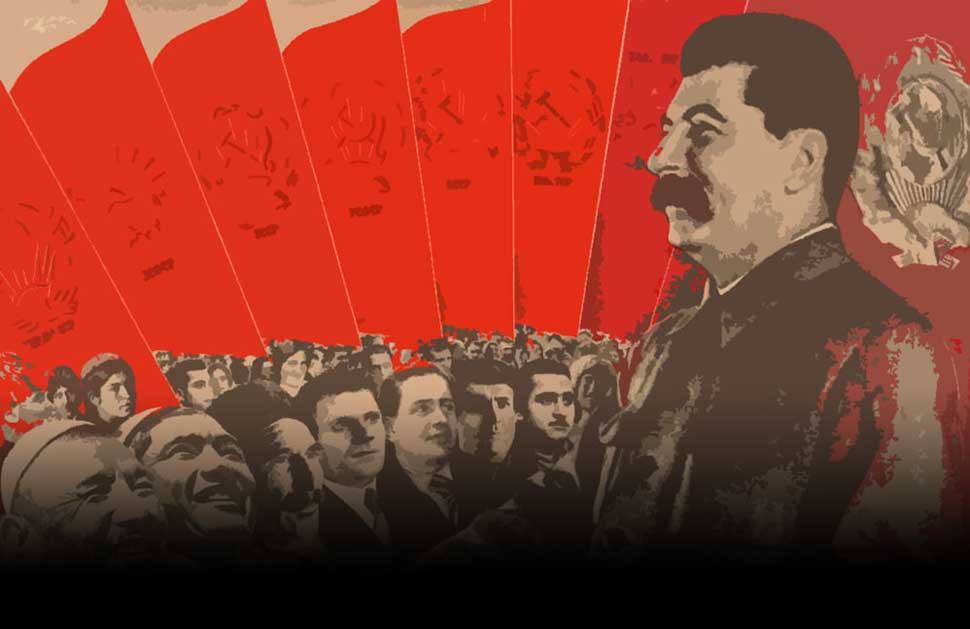
FORCED MIGRATIONS
The Soviet Union was — unlike past imperialist states — to be a harmonious multiethnic construction. "Friendship of the peoples" was one of its most ubiquitous slogans, and Soviet leaders claimed they had solved the "nationalities problem." However, between 1939 and his death in 1953, Stalin implemented policies of forced resettlement, or deportations, against many of the Soviet Union's ethnic minorities.
The Soviet Union was — unlike past imperialist states — to be a harmonious multiethnic construction. "Friendship of the peoples" was one of its most ubiquitous slogans, and Soviet leaders claimed they had solved the "nationalities problem." However, between 1939 and his death in 1953, Stalin implemented policies of forced resettlement, or deportations, against many of the Soviet Union's ethnic minorities.

World War II era deportees.
He used the brutal policy against Poles, Romanians, Lithuanians, Latvians, Estonians, Volga Germans, ethnic Finns, Crimean Tatars, Crimean Greeks, Kalmyks, Balkars, Karachays, Meskhetian Turks, Koreans, Chechens, Ingush, and others.
It is estimated about 6 million people were subjected to forced migration, of whom about 1.5 million died. Most of the deportees were resettled in remote locations in the Far East or Central Asia. In some cases, more than 40 percent of a deported population died of disease or hunger.
In his famous 1956 de-Stalinization speech, Soviet leader Nikita Khrushchev said the Ukrainians only avoided the same fate because "there were too many of them and there was no place to which to deport them."
The policy of deportation continued on a smaller scale even after Stalin's death. In 1959, Chechens who had been allowed to return to Chechnya were forced to move from the mountains to the lowlands. Likewise, in the 1970s, several mountain groups in Tajikistan were forced to move to the plains.
It is estimated about 6 million people were subjected to forced migration, of whom about 1.5 million died. Most of the deportees were resettled in remote locations in the Far East or Central Asia. In some cases, more than 40 percent of a deported population died of disease or hunger.
In his famous 1956 de-Stalinization speech, Soviet leader Nikita Khrushchev said the Ukrainians only avoided the same fate because "there were too many of them and there was no place to which to deport them."
The policy of deportation continued on a smaller scale even after Stalin's death. In 1959, Chechens who had been allowed to return to Chechnya were forced to move from the mountains to the lowlands. Likewise, in the 1970s, several mountain groups in Tajikistan were forced to move to the plains.
THE GREAT TERROR
The period from 1936 until 1938 is known as the Great Purge (or Great Terror). During this brief time, roughly 1 million people were executed or died while in custody. During the peak period of terror in 1937 and 1938, Stalin's security organs carried out an average of 1,000 executions a day.
n its initial phases, the purges focused on the security organs themselves and then on the Communist Party. Almost all the leading revolutionary figures from Soviet founder Vladimir Lenin's time, the so-called "old Bolsheviks," were executed, many after being tortured and subjected to humiliating show trials.
Later, Stalin cast his net wider, ruthlessly eliminating intellectuals, leaders of various ethnic and religious groups, "anti-Soviet elements" from the Tsarist period, foreigners or those with foreign ties, and others.
Stalin personally oversaw the purges in great detail. Soviet archives reveal that he personally signed execution orders for 40,000 people. He often made notations next to individual names, urging the secret police to step up the torture.
After Stalin's death, a Soviet commission declared that he had "committed a very grave crime against the Communist party, the socialist state, the Soviet people, and the worldwide revolutionary movement." During Mikhail Gorbachev's Perestroika period, many purge victims were posthumously rehabilitated.
Stalin's archenemy, Leon Trotsky, who was expelled from the Soviet Union in 1929 and murdered by an agent of Stalin's secret police in Mexico in 1940, has never been rehabilitated.
The Great Terror had deadly consequences for those closest in power to Stalin. The 1924 Politburo had nine members who met a violent death or committed suicide.
n its initial phases, the purges focused on the security organs themselves and then on the Communist Party. Almost all the leading revolutionary figures from Soviet founder Vladimir Lenin's time, the so-called "old Bolsheviks," were executed, many after being tortured and subjected to humiliating show trials.
Later, Stalin cast his net wider, ruthlessly eliminating intellectuals, leaders of various ethnic and religious groups, "anti-Soviet elements" from the Tsarist period, foreigners or those with foreign ties, and others.
Stalin personally oversaw the purges in great detail. Soviet archives reveal that he personally signed execution orders for 40,000 people. He often made notations next to individual names, urging the secret police to step up the torture.
After Stalin's death, a Soviet commission declared that he had "committed a very grave crime against the Communist party, the socialist state, the Soviet people, and the worldwide revolutionary movement." During Mikhail Gorbachev's Perestroika period, many purge victims were posthumously rehabilitated.
Stalin's archenemy, Leon Trotsky, who was expelled from the Soviet Union in 1929 and murdered by an agent of Stalin's secret police in Mexico in 1940, has never been rehabilitated.
The Great Terror had deadly consequences for those closest in power to Stalin. The 1924 Politburo had nine members who met a violent death or committed suicide.

M. Frunze
chloroform poisoning (1925)
chloroform poisoning (1925)
F. Djerjinski
natural (1926)
natural (1926)
L. Kamenev
executed (1936)
executed (1936)
M. Tomski
suicide after show trial (1936)
suicide after show trial (1936)
G. Zinoviev
executed (1936)
executed (1936)
N. Buharin
executed (1938)
executed (1938)
A. Rîkov
executed (1938)
executed (1938)
J. Rudzutas
executed (1938)
executed (1938)
G. Sokolnikov
murdered in prison
(1939)
murdered in prison
(1939)
L. Troțki
assassinated with an icepick (1940)
assassinated with an icepick (1940)
M. Kalinin
natural (1946)
natural (1946)
V. Molotov
natural (1986)
natural (1986)

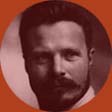
M. Frunze
chloroform poisoning (1925)
chloroform poisoning (1925)
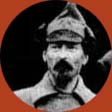
F. Djerjinski
natural (1926)
natural (1926)

L. Kamenev
executed (1936)
executed (1936)
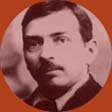
M. Tomski
suicide after show trial (1936)
suicide after show trial (1936)
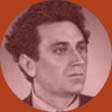
G. Zinoviev
executed (1936)
executed (1936)

N. Buharin
executed (1938)
executed (1938)

A. Rîkov
executed (1938)
executed (1938)
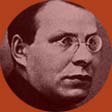
J. Rudzutas
executed (1938)
executed (1938)

G. Sokolnikov
murdered in prison (1939)
murdered in prison (1939)
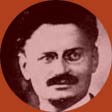
L. Troțki
assassinated with an icepick (1940)
assassinated with an icepick (1940)

M. Kalinin
natural (1946)
natural (1946)
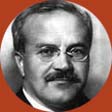
V. Molotov
natural (1986)
natural (1986)

WORLD WAR II
World War II — called the Great Patriotic War in the Soviet Union — was a defining event of the Stalin period. The war on the Eastern Front was the most enormous and costly conflict in history and made the decisive contribution to the defeat of Nazi Germany.
World War II — called the Great Patriotic War in the Soviet Union — was a defining event of the Stalin period. The war on the Eastern Front was the most enormous and costly conflict in history and made the decisive contribution to the defeat of Nazi Germany.

Soviet ruler Josef Stalin and German Foreign Minister Joachim von Ribbentrop look on as Soviet Foreign Minister Vyacheslav Molotov signs the Molotov-Ribbentrop Pact in Moscow on August 23, 1939.
Of the 70 million people estimated to have died in World War II around the globe, more than 30 million — soldiers and civilians -- died on the Eastern Front. The Soviet Union alone suffered more than 20 million dead.
Stalin's legacy in the war is mixed. He is criticized for authorizing the Molotov-Ribbentrop pact with Germany, which partitioned central Europe and gave Hitler a green light to begin the war knowing the Soviet Union would be sidelined.
Historians also argue that Stalin's prewar purge of the military leadership and his decision to advance forces into vulnerable positions in Poland, Bessarabia, and the Baltic States contributed to the country's enormous losses in the early months of the war.
But the rapid industrialization of the 1930s laid the groundwork for the Soviet victory. Unlike Adolf Hitler, Stalin learned from his mistakes: he gradually appointed fiercely capable commanders, and he largely abandoned Communist ideology in favor of a more motivating religious-patriotic one.
Today, many of those who still view Stalin positively cite as their main argument his role in securing the victory that left the Soviet Union a global superpower.
Stalin's legacy in the war is mixed. He is criticized for authorizing the Molotov-Ribbentrop pact with Germany, which partitioned central Europe and gave Hitler a green light to begin the war knowing the Soviet Union would be sidelined.
Historians also argue that Stalin's prewar purge of the military leadership and his decision to advance forces into vulnerable positions in Poland, Bessarabia, and the Baltic States contributed to the country's enormous losses in the early months of the war.
But the rapid industrialization of the 1930s laid the groundwork for the Soviet victory. Unlike Adolf Hitler, Stalin learned from his mistakes: he gradually appointed fiercely capable commanders, and he largely abandoned Communist ideology in favor of a more motivating religious-patriotic one.
Today, many of those who still view Stalin positively cite as their main argument his role in securing the victory that left the Soviet Union a global superpower.
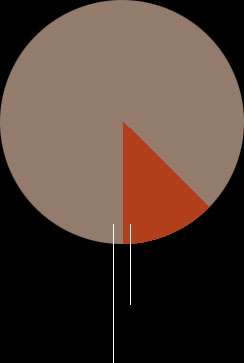
170.5 million Population of Soviet Union after the war
26.6 million Soviets died
The Soviet population
decreased by 14% during the war
decreased by 14% during the war
STALIN TODAY
According to polls at the time, in 1988 less than 1 percent of survey respondents in Russia said that Josef Stalin would be remembered "as a major figure of the Soviet era" in 20 to 30 years. Now, however, Stalin has the highest positive rating of any figure in Russian or Soviet history.

According to polls at the time, in 1988 less than 1 percent of survey respondents in Russia said that Josef Stalin would be remembered "as a major figure of the Soviet era" in 20 to 30 years. Now, however, Stalin has the highest positive rating of any figure in Russian or Soviet history.
Forty-eight percent of Russians think Stalin played a positive role, while only 22 percent rated him "harshly negatively," according to a 2012 poll by the independent Levada Center. In polls conducted in 1988, that figure was 60 percent. At the same time, the percentage of people who admit that they "know nothing" about the Stalin period has increased from 30 percent in 1988 to 70 percent in 2012.
Sociologists explain Stalin's rehabilitation by citing the change of generations; the loss of personal experience of the Stalin period; and the generally positive portrayal of Stalin and the Stalin period in the media, films, and literature. The state has also "taken control" of the teaching of history in the schools, and the main lesson taught is that Stalin was able to create a global superpower despite some "excesses."
Sociologists explain Stalin's rehabilitation by citing the change of generations; the loss of personal experience of the Stalin period; and the generally positive portrayal of Stalin and the Stalin period in the media, films, and literature. The state has also "taken control" of the teaching of history in the schools, and the main lesson taught is that Stalin was able to create a global superpower despite some "excesses."
SOURCE: ITAR-TASS, Anne Applebaum, Gulag, a History (Anchor, 2004), Public domain, Pavel Polyan, Not by One’s Own Will (Memorial, 2001), GF Krivosheev, Russia and the USSR in the, Wars of the 20th Century (Olma Press, 2001)